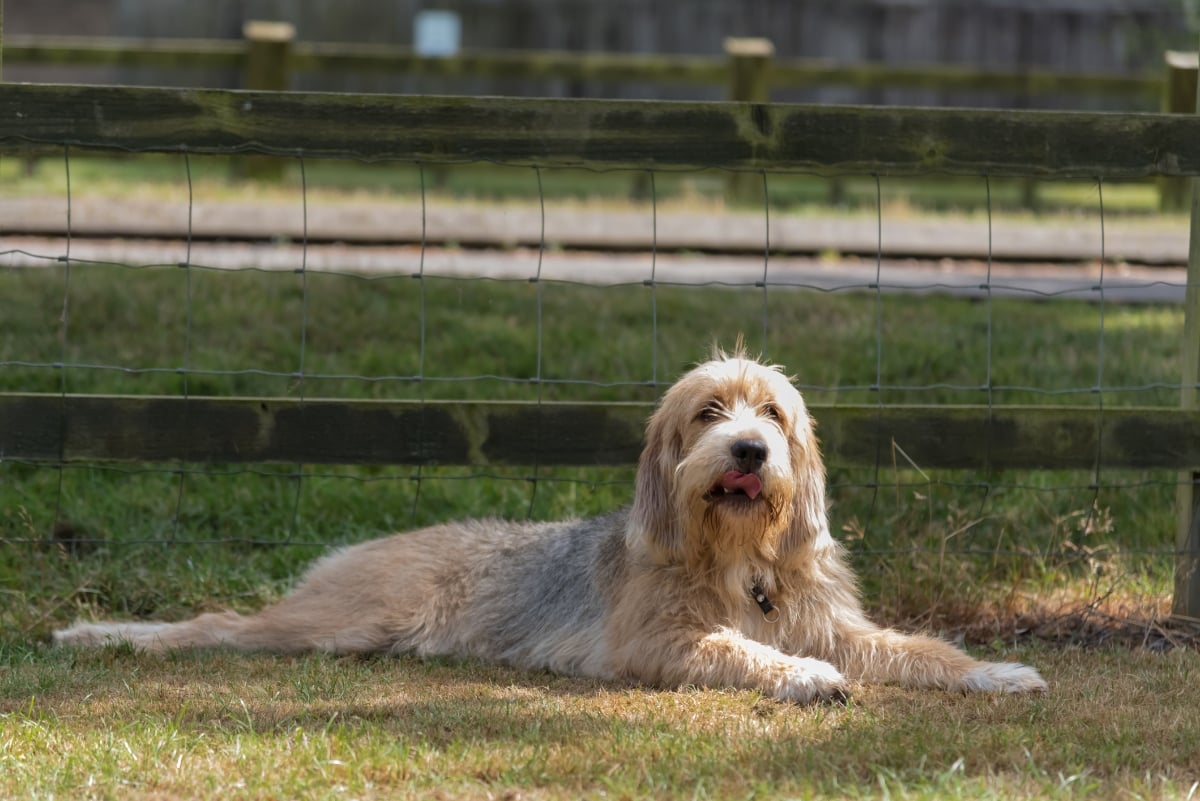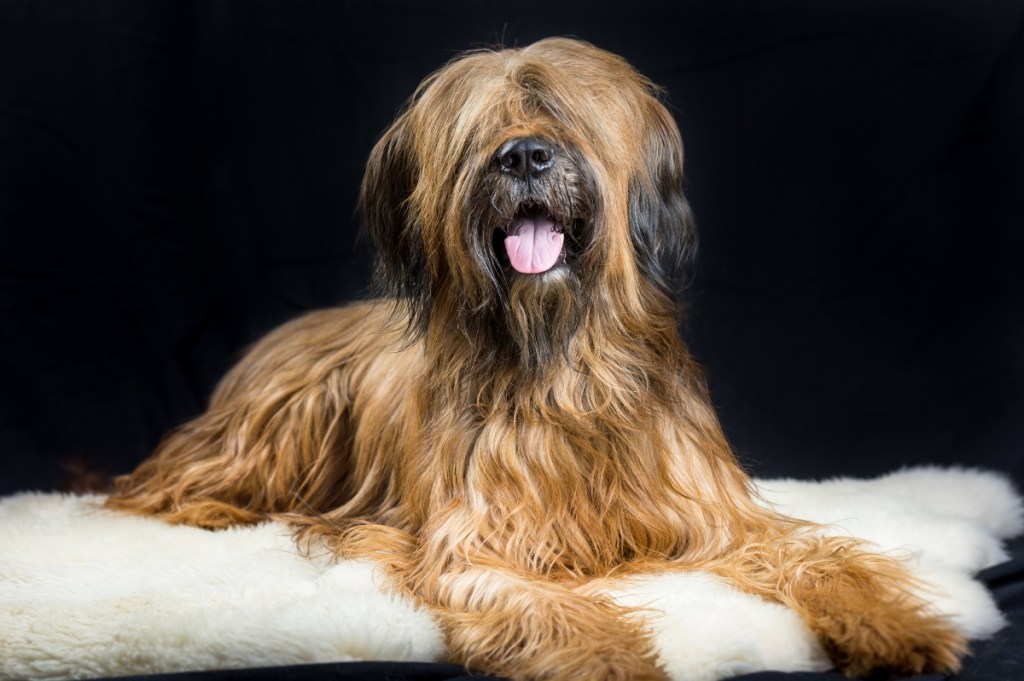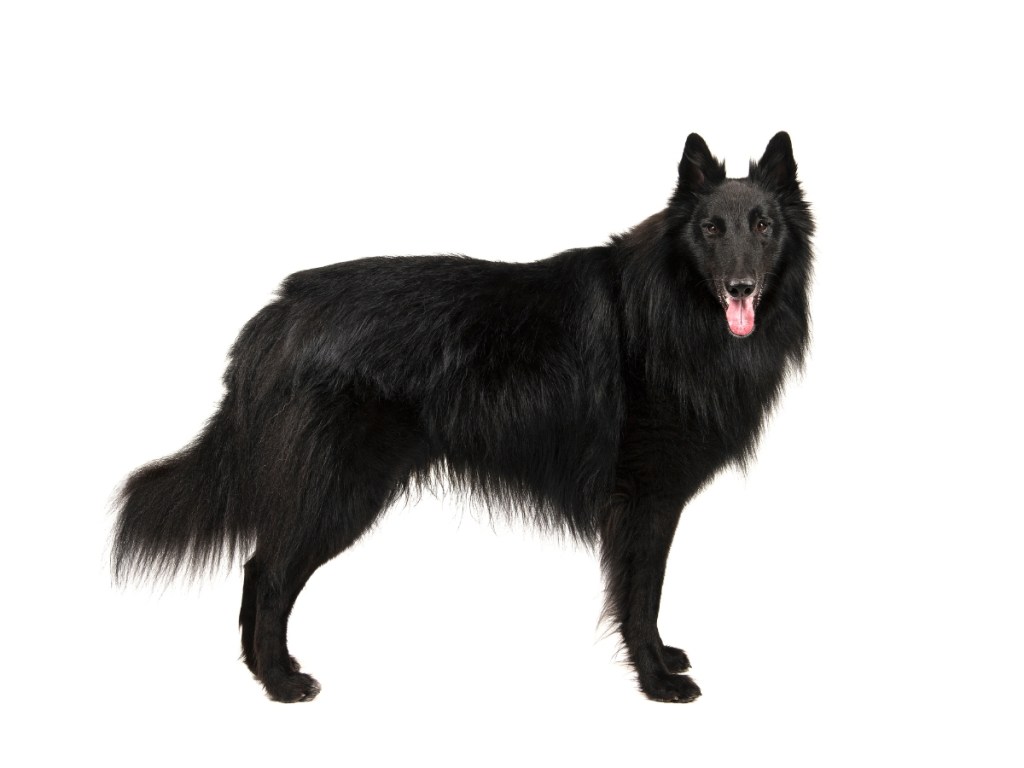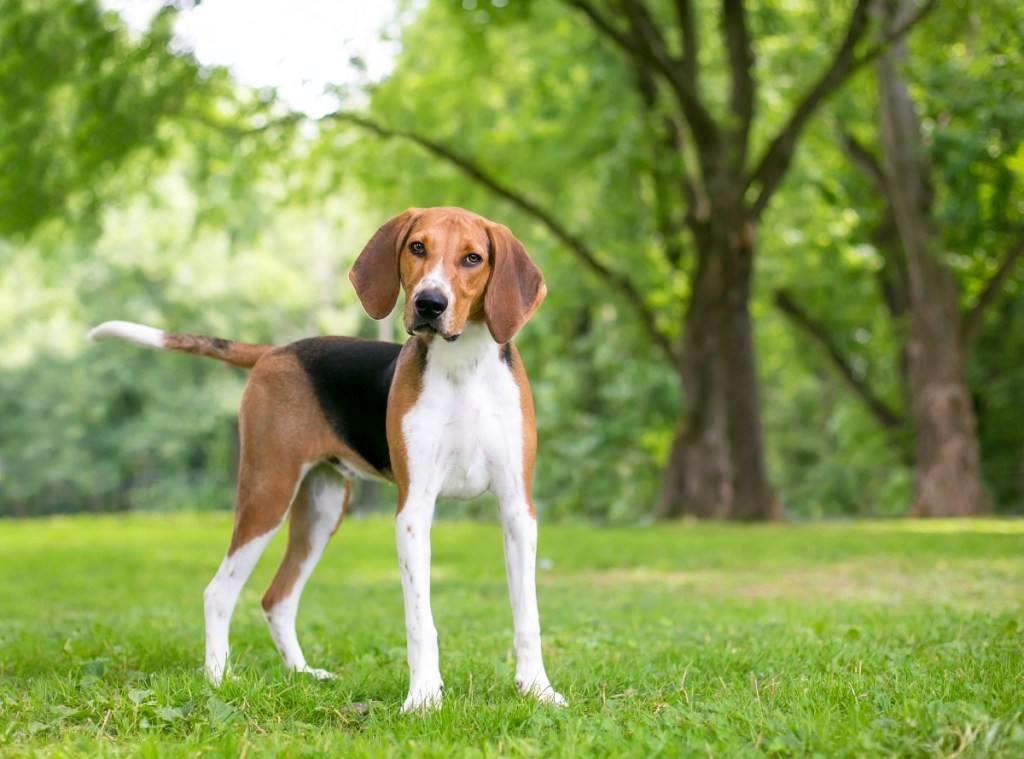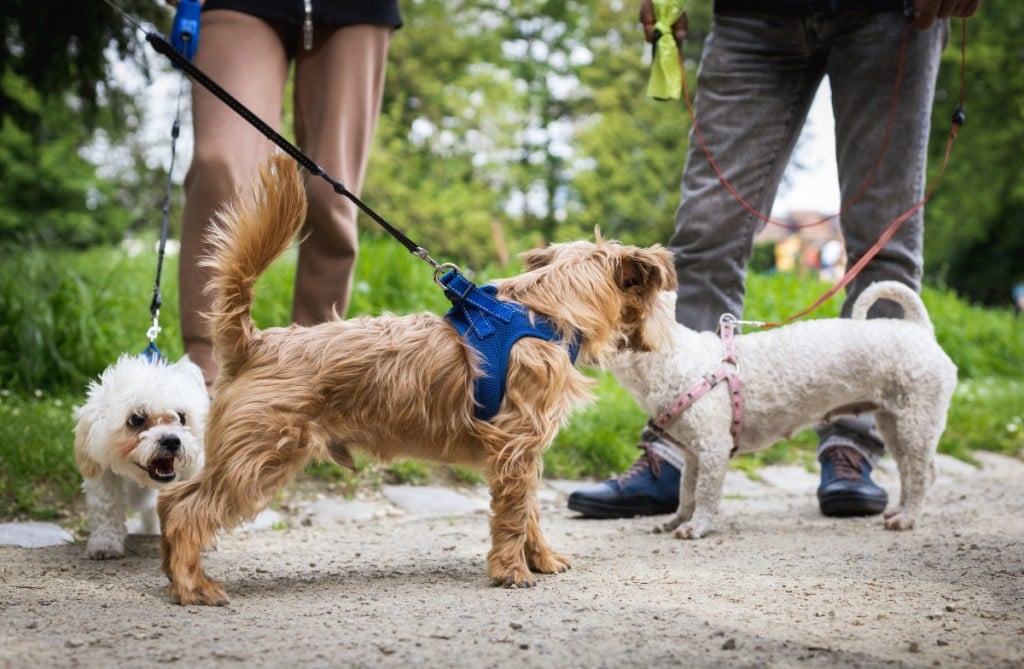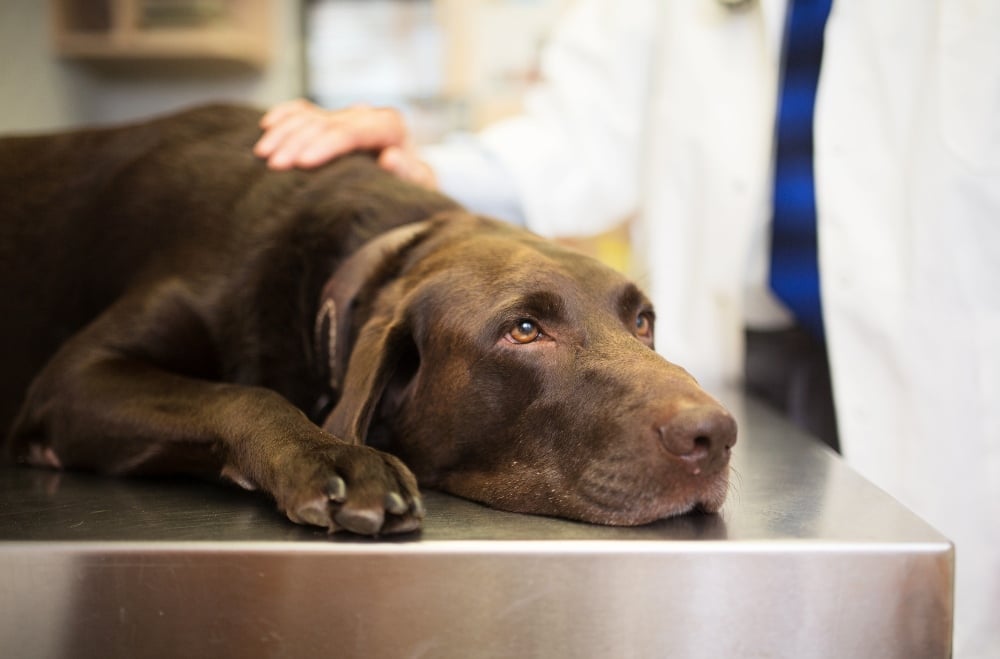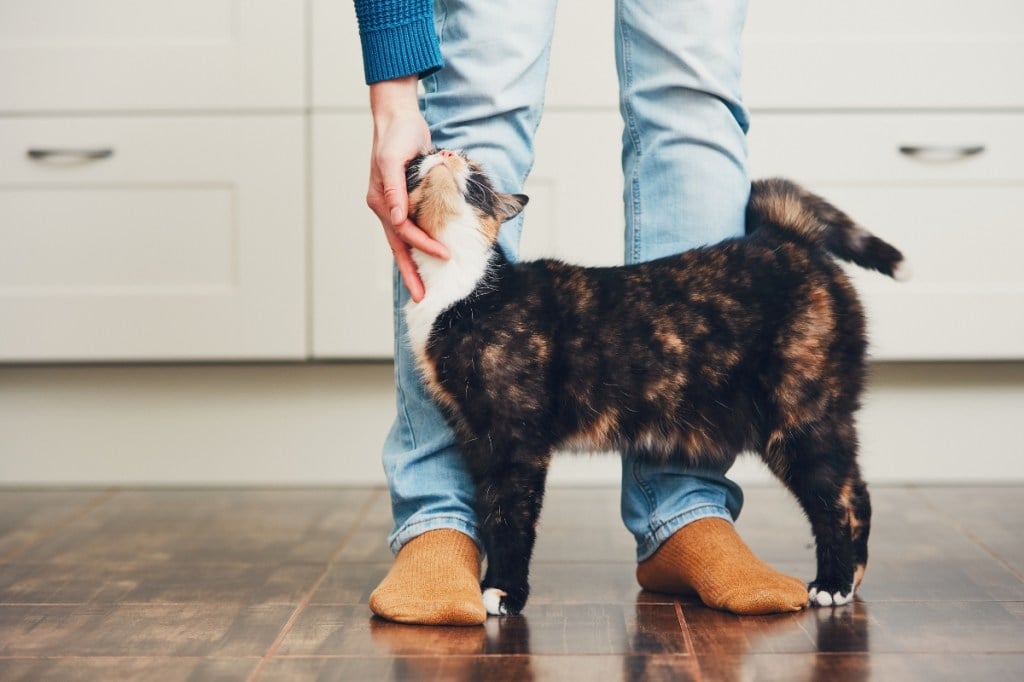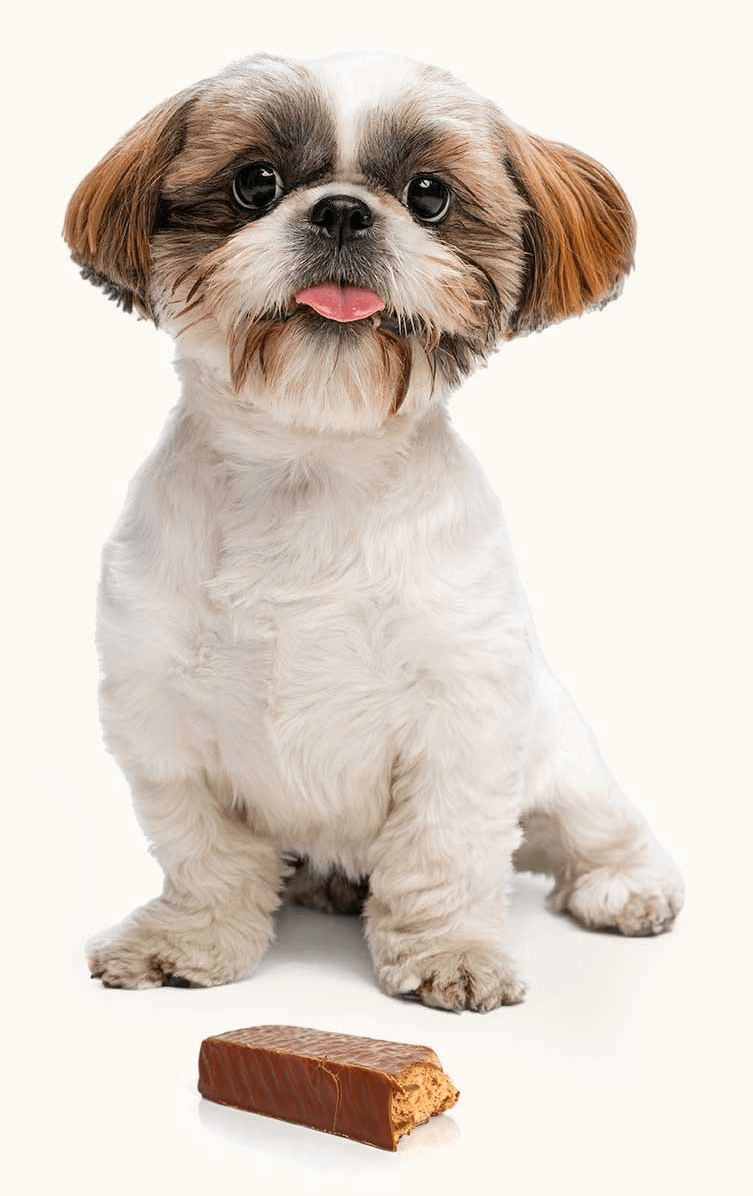Otterhounds are large scent hounds originally bred in medieval England to hunt otters in rivers and lakes. With webbed feet, a powerful nose, and a waterproof coat, they were uniquely suited to the task. While otter hunting is now a thing of the past, the Otterhound lives on as a lovable, if rare, companion dog with a zest for life and a nose that never quits.
This comprehensive guide explores the Otterhound dog breed in detail. We’ll cover the breed’s history, personality, physical traits and care requirements so you can decide whether this big, bearded hound is a good match for your lifestyle.
What is an Otterhound?
The Otterhound is a large, rough-coated scent hound developed in England as far back as the 12th century. Bred specifically to track and flush out otters that were depleting fish stocks, these dogs worked in packs and needed to be tireless, water-loving, and highly independent.
They’re one of the rarest dog breeds in the world today, with fewer than 1,000 individuals estimated globally. While they may not be well-known, Otterhounds bring a unique blend of joyful personality, rugged appearance and working dog drive that sets them apart.
Males typically stand 27 inches tall and weigh around 100 pounds, while females are slightly smaller at about 24 inches and 80 pounds. Their long, tousled double coat protects them in wet and cold conditions, and their large, webbed feet help them swim with ease. Their faces are bearded and expressive, often giving them a comical, shaggy appearance.
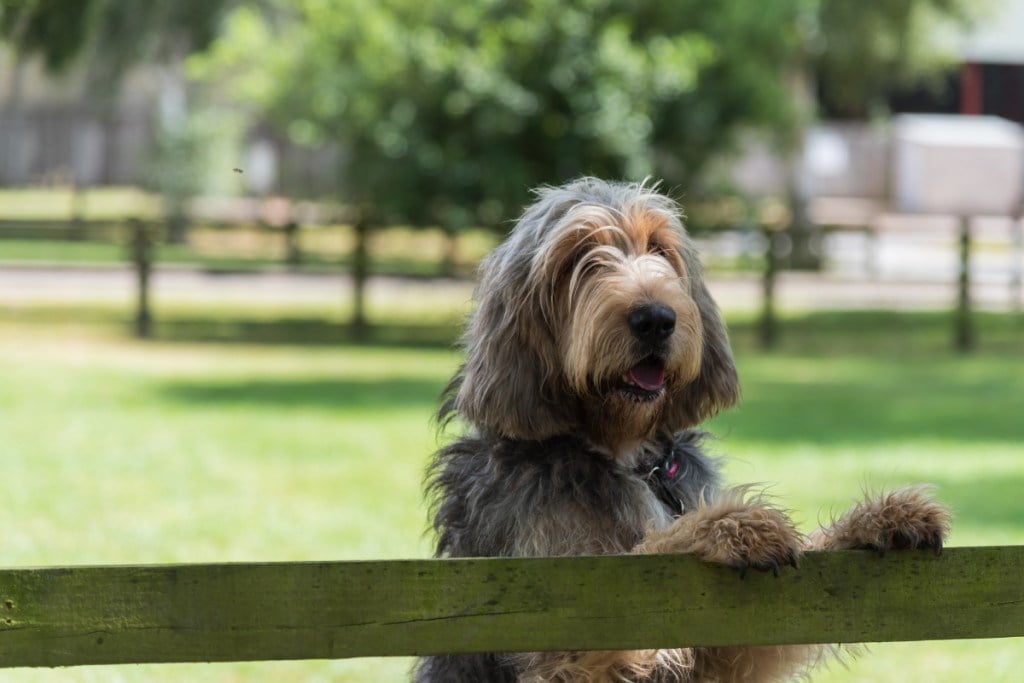
What Are the Otterhound’s Characteristics?
Otterhounds are affectionate, enthusiastic and highly curious. As scent hounds, their noses often guide their decisions. These dogs love to explore and can be stubborn when on a trail. But they’re also deeply loyal and have a goofy, charming demeanor that wins hearts easily.
Size and Appearance
- Males: 27 inches, around 100 pounds
- Females: 24 inches, around 80 pounds
- Coat: Rough, waterproof double coat
- Distinctive Features: Long ears, large nose, webbed feet, and a bearded face
Temperament and Personality
Otterhounds are friendly, independent and comically stubborn. They’re not lapdogs or watchdogs, but they’re loyal to their pack and often great with kids and other dogs.
Breed Snapshot
| Breed Characteristic | Level (High, Medium, Low) |
| Affectionate with People | High |
| Good with Kids | Medium to High |
| Good with Pets | High |
| Need for Exercise | High |
| Energy Level | High |
| Intelligence Level | Medium |
| Able to be Trained | Medium |
| Amount of Barking | High |
| Amount of Shedding | Medium |
How to Care for an Otterhound?
Otterhounds are active, social dogs that thrive in homes with plenty of space and stimulation. They’re not apartment-friendly or ideal for first-time owners, but with the right environment, they’re endlessly entertaining companions.
Living Environment
- Best suited to homes with fenced yards and access to the outdoors
- Not ideal for apartments due to size, vocal tendencies and energy
- Thrive when part of daily family life with regular interaction
Exercise and Enrichment
- Need at least 60–90 minutes of exercise daily
- Long walks, off-leash running in safe areas, and swimming are ideal
- Excellent candidates for tracking and scent work
- Tend to follow their noses—leash or secure fencing is a must
Training and Socialization
- Moderate trainability due to independent streak
- Respond best to gentle consistency and food rewards
- Early socialization is key to reduce stubbornness and develop good manners
- Keep sessions short, fun and rewarding to hold their attention
Grooming Needs
- Weekly brushing helps control tangles and reduce shedding
- Their oily, waterproof coat may need more frequent baths than other breeds
- Regular ear cleaning is crucial—long ears trap moisture and debris
- Don’t forget nail trims and dental hygiene
Nutrition
- Feed a high-quality, balanced diet appropriate for large, active dogs
- Puppies should eat large-breed puppy food to support controlled growth
- Adults do best with two meals daily
- Avoid exercise immediately before or after eating to lower risk of bloat
- Fresh water should be always available
Common Health Concerns
- Hip dysplasia
- Elbow dysplasia
- Gastric dilatation-volvulus (bloat)
- Ear infections (due to long, floppy ears)
- Epilepsy
- Bleeding disorders (such as thrombopathia)
Regular vet care and responsible breeding help reduce risk, but insurance can be a smart way to prepare for the unexpected.
Should I Get Pet Insurance for My Otterhound?
Yes. Otterhounds are large, active dogs with a few breed-specific risks, including joint disorders, bloat and chronic ear infections. Emergency surgeries and diagnostics can be expensive, especially for bloat or bleeding disorders.
Healthy Paws Pet Insurance covers accidents, illnesses, hereditary conditions and alternative care. You can visit any licensed vet in the U.S., and most claims are processed quickly—so you can focus on care, not cost.
Ready to protect your pup? Get your Healthy Paws quote today.
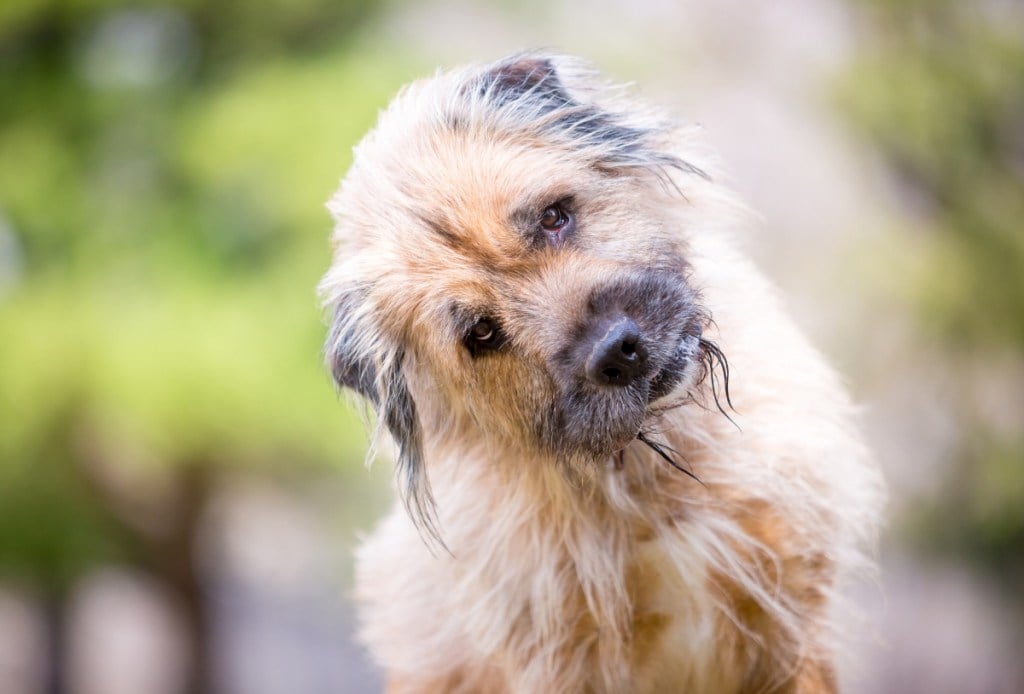
Frequently Asked Questions About Otterhounds
Are Otterhounds Good Family Dogs?
Yes, for the right families. Otterhounds are generally gentle, friendly and good with children, though their large size and exuberance mean supervision is key around small kids. They do best in homes that can meet their high exercise needs and tolerate some slobber and shedding.
Are Otterhounds Hard to Train?
They can be. Otterhounds are intelligent but independent—once they catch a scent, it’s hard to get their attention. They do best with short, positive training sessions that include food rewards and patience.
Do Otterhounds Bark Often?
Yes. Otterhounds are vocal dogs with deep, resonant voices. They may bark when bored, excited or following a scent. Training can help manage excessive barking, but some noise is to be expected with this breed.
Does the Otterhound Have Health Issues?
Yes. Otterhounds are prone to hip and elbow dysplasia, bloat, bleeding disorders, and ear infections. Their long ears and dense coat also require consistent grooming. Pet insurance can help cover treatment for unexpected or chronic conditions.
